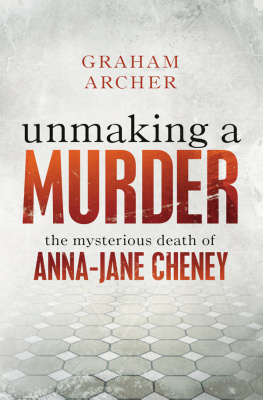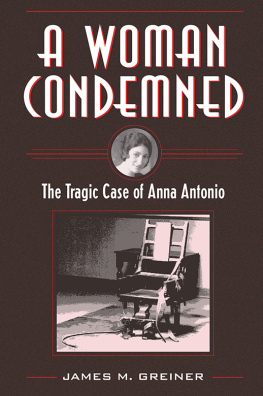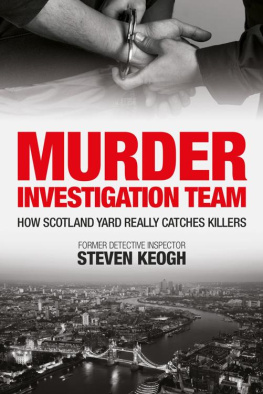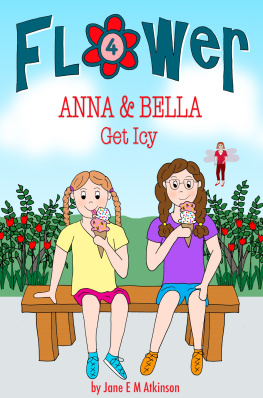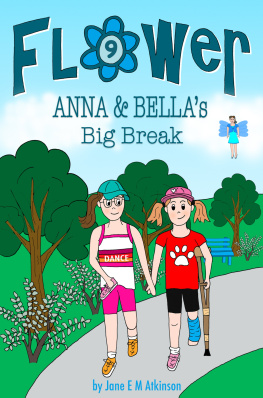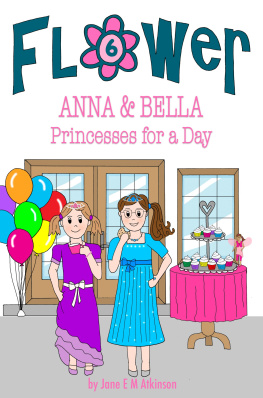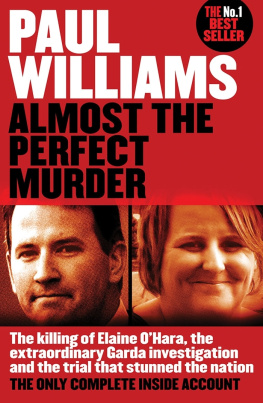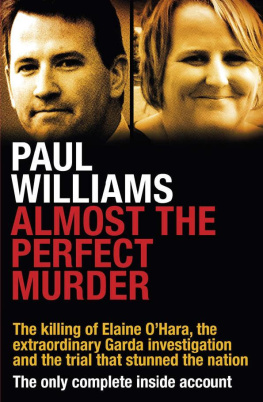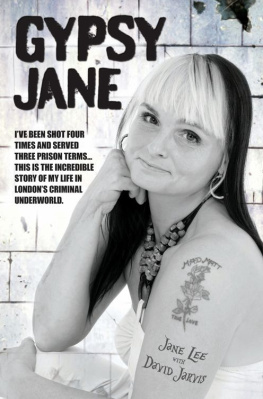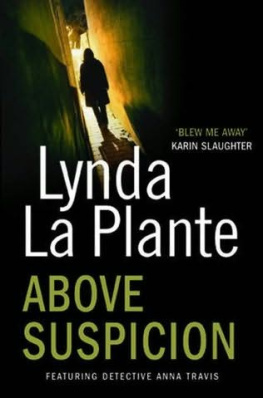About the Book
The story of perhaps the biggest miscarriage of justice in Australia.
An investigation into an intriguing murder case and an unprecedented account of how the decisions made by organs of government can be defended and mistakes covered up.
Anna-Jane Cheney worked at the epicentre of the conservative Adelaide legal community. She was vivacious, popular and talented, with an impeccable middle-class upbringing. The man she loved, Henry Vincent Keogh, was a divorced 39-year-old Irish migrant with three children. She died just six weeks before their wedding date.
According to the prosecution, Keogh had planned the drowning murder of Anna-Jane 18 months in advance. He had taken out five insurance policies amounting to $1.2 million over his fiances life and forged her signature on them.
Journalist Graham Archer became fascinated by the case. It wasnt a matter of Henry Keoghs guilt or innocence, but that a man could be sentenced to life in prison without him having received a fair trial. The story became an odyssey for Graham. Deliberately, he had no contact with Henry Keogh in the 13 years it took to have the case reviewed by the Supreme Court and have his conviction quashed.
In the end dogged determination prevailed, and after 20 years behind bars Henry Keogh was released.
Afterword
So many things end with a whimper. Perhaps its just as well: those bangs can take it out of you. The whimpers, on the other hand, can just slip by as if nothing has ever happened. For Henry Keogh, being saved the torment of a third trial was a blessing. However, everything comes at a price. Who can possibly advise a man and his family on how to make up for 20 lost years?
Henry and Faye Hambour had become romantically entwined during their five years of correspondence and her visits to the jail. Now that he was out he was looking for some semblance of normality. But families dont always cooperate. Some of Fayes children also had difficulty coming to terms with her new man. Had he not spent 20 years in jail he would perhaps have been the type of person theyd be comfortable with: educated, thoughtful and urbane. Henry the ex-convict was another person entirely. For both sides this was an uneasy pairing. In April 2016 they travelled to Bali and were quietly married.
On 20 January 2016 Henrys brother David passed away. It was a huge shock to the family. He was only 51. David was highly regarded by those hed worked with in the nursing community as a kind, compassionate man. One of his former colleagues wrote in anticipation of his funeral service, Henry will be there, a free man. Who knows just how much his brother loved him, and how hard he fought, for your right to be a free man. So sad, that such a tragedy has followed such a triumph.
It is easy to forget in the midst of all the turmoil that a fruitful life was lost. Regardless of the cause, which to the Cheney family remains Henry Keoghs doing, this is a human tragedy with a devastating ripple effect on many lives. It might seem patronising to say, particularly from an observer in my position, but it needs to be acknowledged just the same. The Keogh story will always be a reminder of the necessity for scrupulous and objective inquiry and the importance of peer review of any findings.
The professional conduct of Dr Manock continued to be revealed as more and more bizarre. At the time of writing, Indigenous man Derek Bromleys second appeal was before the Supreme Court. Bromley has so far spent 34 years in jail for a murder he claims he didnt commit. His is another of Dr Manocks dubious cases. Not only are the forensics improbable but the Crowns chief witness suffered from schizophrenia. The day after the murder, at which he was present, he was admitted to a mental hospital. It was there the police interviewed him. In December 2016, five psychiatric and psychological expert witnesses, including one chosen by the Crown, agreed that this crucial eyewitnesss testimony should have been ruled inadmissible. Then, in March 2017, three forensic pathologists, again one from the Crown, assessed Dr Manocks autopsy as throwing no light on the time or cause of death, and as throwing no meaningful light on what occurred.
During the appeal submissions for Bromleys case, a statement was provided from a former police officer who had once been stationed at the opal-mining township of Mintabie in the states far north. Sometime in the late 1970s Dr Manock was required to travel to the remote location to conduct an autopsy on an Indigenous man whose death was unexplained. When he arrived the local publican offered the states Director of Forensic Pathology his coolroom in which to conduct his investigation. Dr Manock declined the offer, and according to the police witness performed the autopsy in the open and in front of onlookers. The scene would have been shocking enough but his recollection includes the following detail: The pathologist dipped a metal ladle into the bodily fluids and blood within the The Indigenous elders I met with and interviewed over this affair were appalled. How this had not surfaced before now is hard to understand. It is impossible to believe word of this macabre performance had not reached Adelaide and those at the Forensic Science Centre.
Dr Manock continued his unconventional inclinations into his senior years. I was stunned to learn that four or five years ago he had married for the third time. Three wives is not excessive these days but his new wife is known as Madame Gabrielle. She has for many years run a fetish parlour in the city. Gabby, as shes known when off-duty, is the public and private front of the business. I rang The Fetish Palace to speak with her about Colin Manock, her current husband. There were no denials but it was a very short conversation.
Along with Derek Bromley, David Szach, convicted over the body-in-the-freezer murder, and Frits Van Beelen, jailed for the Taperoo Beach murder, have applied to appeal under the new amendment. At the time of writing, the Van Beelen appeal is the most advanced, having already been heard by the Full Court. The application attacks the unreliable nature of Dr Manocks time-of-death evidence, which was based on the stomach contents of the victim. Kevin Borick, who was a junior in the original trials in the early 70s, is running the appeal.
The bench on the Van Beelen appeal included Chief Justice Chris Kourakis. For me, his work on Keoghs third petition had left a deep sense of disappointment, particularly after the Vernon-Roberts report surfaced in 2013. Borick applied for Kourakis to recuse himself on the basis of apprehended bias. The Chief Justice paraphrased Boricks reasoning in his findings: the fair-minded lay observer might reasonably apprehend that I might not bring an impartial mind to the conclusion and resolution of the issue of Mr Manocks competence raised on his appeal. of Dr Manocks autopsies. As proof of his impartiality he also quoted some of the shortcomings identified by Vernon-Roberts over Anna-Janes autopsy. He omitted from his decision, however, the professors ultimate conclusion that there was no forensic evidence of murder. The application to recuse himself was declined.

